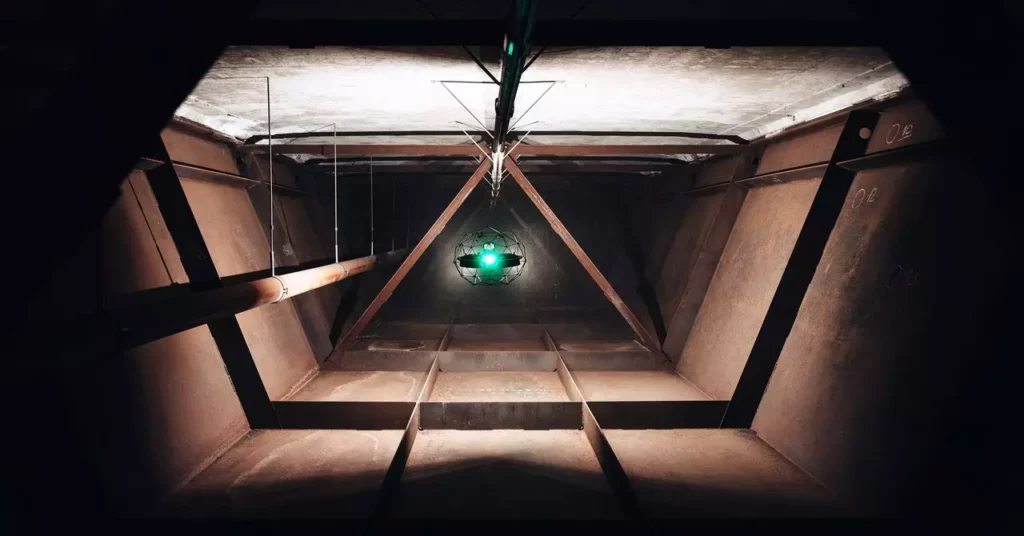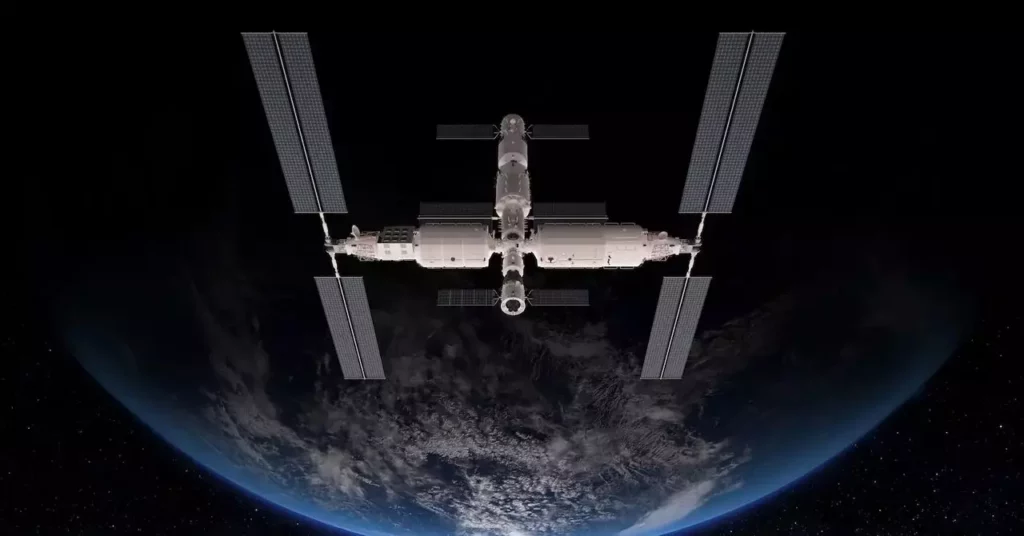In a rapidly progressing technological landscape, how can industries still stick to antiquated practices? Infrastructure inspections, a crucial yet often overlooked area, have lagged behind, subjecting workers to hazardous conditions. The advent of the Asio X drone marks a significant turning point, particularly when it comes to complex and perilous environments like sewer systems. Unlike the autonomous consumer drones that dominate the market, the Asio X represents a conscious departure from that norm, designed for human operators who are acutely aware of the risks that come from maneuvering in confined spaces.
The ingenious setup of the Asio X is not just about operating a drone; it’s about mastering a challenging environment. As Vince Astorino leads this transformational effort, he emphasizes that piloting the drone is far from a straightforward task. “It’s dark, air flow can change rapidly, and navigating above flowing water in narrow pipes presents real challenges,” he explains. The intelligent design ensures that only expertly trained operators like Captain Zach handle these devices, so tasks that previously filled workers with trepidation can now be executed with superior control.
Efficiency: A New Standard
Once airborne, the Asio X drastically enhances the efficiency of inspections. By utilizing a specialized antenna to establish robust communication from manhole to manhole, the drone can move fluidly across approximately 1,000 feet of piping. With a flight time of around 20 minutes, the amount of data collected—from video footage to gas readings—is staggering. This engineering marvel not only reduces the necessity for extensive manual data entry but also eliminates the time-consuming drudgery associated with traditional inspections.
Make no mistake; the leap from outdated practices to advanced technology empowered by AI represents a seismic shift. In the past, gleaning insights from video data collected via labor-intensive inspections could stretch into weeks or even months. Astorino’s collaboration with SewerAI symbolizes the future of infrastructure assessments, where defect identification can be performed in less than 24 hours. This means that resource allocation becomes far more effective, culminating in a notable reduction in costs and a more agile response to infrastructure problems.
Navigating the Risks of Neglect
The implications of this technology are profound. By shortening inspection durations and improving defect detection accuracy, teams managing infrastructure can prioritize repair efforts with newfound precision. Astorino astutely points out the pitfalls of the previous methodologies that often disregarded potentially catastrophic issues—an oversight that can lead to disasters reminiscent of the infamous sinkhole incident of 2016. The reality is that neglecting maintenance doesn’t simply threaten financial consequences; it jeopardizes public safety and well-being.
Macomb County is emerging as a paragon of infrastructure modernization. Being the first in Michigan to deploy drone technology combined with AI signals an ambitious push toward what responsible civic management should look like. Astorino and his team exemplify an ethos that illustrates there’s always the opportunity for growth, even in sectors accustomed to stagnant practices. Their local accolades highlight not only the recognition of innovative solutions but serve as a blueprint for communities nationwide that may be stalled in technological inertia.
The Future Outlook: A Call to Action
Astorino’s unwavering optimism paints a clear picture of what lies ahead. “It’s hard to ignore the technological leaps taking place in our field, especially with the advancements in AI,” he asserts. This forward-thinking mindset, imbued with a deep understanding of emerging technologies, positions Macomb County as an exemplar for others. Municipal services and private enterprises alike can extract valuable lessons from this groundbreaking approach, contemplating how a marriage of technology can bolster not only operational efficiency but also the integrity of critical infrastructure.
In a world teeming with challenges, the synergy between drones and AI encapsulates a proactive mindset that prioritizes safety and efficiency. This isn’t merely an upgrade; it’s a fundamental reassessment of our responsibilities toward maintaining the framework that holds society together. As we adopt these innovations, we aren’t just tackling present obstacles; we’re laying the foundation for a future where infrastructural integrity becomes a certainty rather than a wish. The shift toward such progressive methodologies can inspire a much-needed renaissance in how we engage with our environments.









Leave a Reply